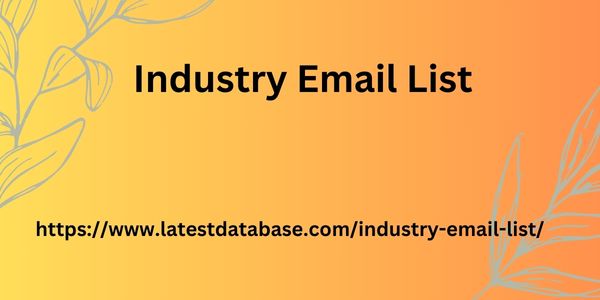|
|
Developing a buyer persona implies that you must conduct interviews to learn about your target audience's motivations. Therefore, identifying a few individuals to interview is a crucial first step in building your buyer persona. You may use information from the following locations: 1. Your current clientele Customers who have already purchased from you and interacted with your company are a great starting point for conducting interviews. Some of them will probably be great examples of your ideal customer. It's worth remembering that dissatisfied customers will exhibit additional tendencies that will provide depth to your understanding of their personalities. 2. Potential customers Don’t forget to also conduct interviews with people who haven’t purchased your products yet and aren’t familiar with your brand. Your prospects and existing leads are excellent candidates. 3. References If you're entering a new market or don't yet have leads or customers, you'll probably also need to rely on referrals to speak to people who might fit your ideal buyer. Techniques for building a Buyer Persona Surveys and interviews with customers , prospects and even people outside your contact database who potentially match your target audience can contribute to the development of buyer personas.
The following are some techniques for acquiring the data needed to create personas: Examine your contact list to identify patterns in the ways your leads and customers are discovering and using your material When creating online forms, be sure to include areas to collect data about your personas Think about what your salespeople have to say about the leads they're having the most success with and what they can say about the many types of customers you have Find out what people like about your product through in-depth interviews with current and potential buyers How to use this information to develop Industry Email List your Buyer Personas? Once you've done your research and have access to a wealth of information about your target audience and current clientele, it's time to condense everything you've learned so it's clear to everyone. So the next phase is to use your findings to draw conclusions about your target audience based on how they answered your interview questions, and then create at least one main Buyer Persona to share across your organization. 1. Information to understand the personality of your Buyer Persona Find out about personal details such as age and gender over the phone, in person or online surveys.

To help your team distinguish between personas, it's helpful to incorporate some descriptive buzzwords and mannerisms of your character that you may have learned from conversations. 2. Explain your Buyer Persona’s motivation In this phase, you will synthesize the answers in relation to the motivation of your Buyer Persona . What they aspire to, what they desire and expect. You also need to explain how your business will benefit this customer. 3. Help your sales team prepare for conversations with your persona Incorporate real statements from interviews to illustrate your personas' concerns, identities, and desires. The next step is to compile a list of potential objections that customers may have so that your sales team can address them head-on during the first few meetings with prospects. 4. Make sure your message fits with the Buyer Persona Instruct your team on the best way to discuss your offers using your Buyer Persona. Both the specific terminology you should use and a tone you use in your responses. This will help standardize your company's approach to communicating with prospects and customers.
|
|